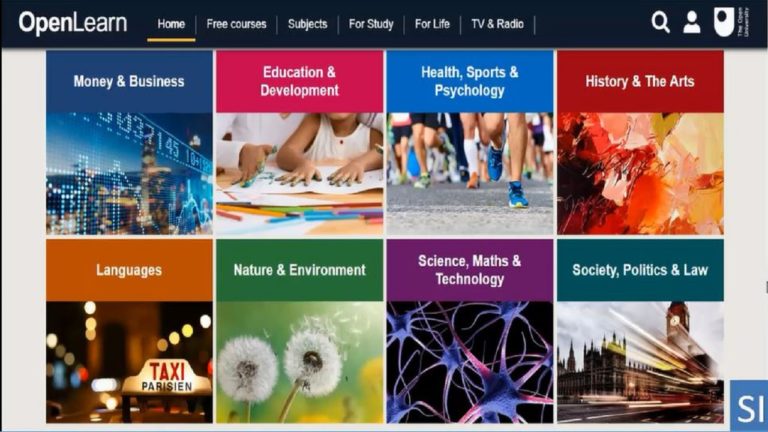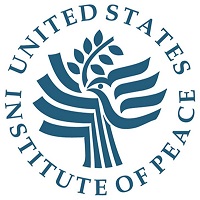
Today’s peacebuilders need the improved access to the best resources and tools. In response, USIP now offers twelve online introductory courses free of charge on a wide range of foundational topics in conflict management and peacebuilding. Professionals can sharpen their skills to prevent and manage conflict while earning certificates upon completion. These micro-courses are designed for busy professionals in a convenient self-paced format that is available 24/7. Each course is approximately three hours in duration. Full courses are also available for those interested in diving deeper into a topic.
If you would like to learn more about each individual micro-course, information is available below. If you would like immediate access to all of our free micro-courses, please click here to create an account for our learning platform. Once you have created an account, you will have access to all the courses listed below.
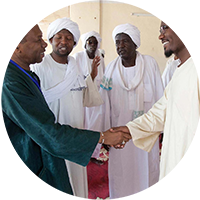
Introduction to Peacebuilding
The Introduction to Peacebuilding micro-course provides an overview of the main concepts and challenges that shape the work in the peacebuilding field. It exposes learners to the various tools and types of interventions utilized in the field and provides real-world examples that demonstrate the complex nature of peacebuilding.
KEY OBJECTIVES
- Define different conceptions of peace, conflict, and violence;
- Identify key peacebuilding priorities;
- Describe how context and perspective influence the peacebuilding process; and
- Identify the different tools, types of interventions, and strategies for building peace.
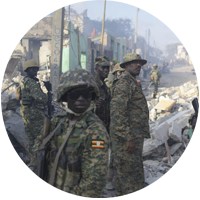
Conflict Analysis
This Conflict Analysis micro-course defines and describes conflict analysis processes and the ways in which they inform the development and implementation of peacebuilding programs. It presents the five main elements of USIP’s conflict analysis framework and describes how to ensure that one’s analysis is sensitive to the conflict and those impacted by it.
KEY OBJECTIVES
- Define conflict analysis and its importance;
- Identify how conflict analysis accounts for the evolving nature of violent conflict;
- Recognize how context and experience shapes conflict analysis;
- Identify different ways in which conflict analysis can be conducted.
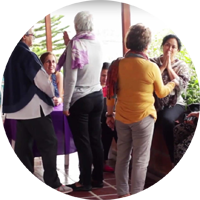
Negotiation: Shaping the Conflict Landscape
The Negotiation: Shaping the Conflict Landscape micro-course defines negotiation and describes the two main components of any negotiation process. It also presents five different conflict styles that can be expressed in a negotiation and explains how these different styles can be applied given the context in which a negotiation is taking place.
KEY OBJECTIVES
- Describe the two main components of any negotiation process;
- Identify different conflict styles; and
- Explain how different conflict styles may arise in a negotiation.
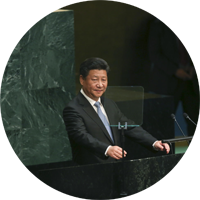
Mediating Violent Conflict
The Mediating Violent Conflict micro-course defines mediation and distinguishes it from negotiation. It describes the various roles a third party can play, including as a mediator, and the various steps one follows when organizing and facilitating a mediation process.
KEY OBJECTIVES
- Describe the importance of mediation
- Define mediation and identify the roles mediators play;
- Identify the role identity plays in mediation; and
- Recognize the basic principles behind effective mediation.
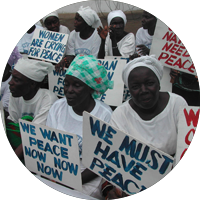
Nonviolent Action
The Nonviolent Action micro-course explores the history and dynamics of nonviolent movements. It presents the categories of specific methods of nonviolent action and some of the key theories that inform civil resistance strategies and campaigns.
KEY OBJECTIVES
- Describe the importance of nonviolent action;
- Define nonviolent civil resistance and how is it distinct from other forms of social and political action; and
- Identify the principles and theories of power inform the practice of nonviolent action.
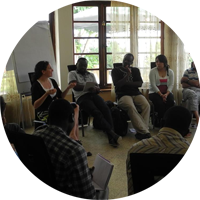
Designing Community-Based Dialogue
The Designing Community-Based Dialogue micro-course introduces participants to dialogue as a practical and effective process for advancing conflict transformation and peacebuilding at the community level. The focus of the course is on designing and implementing a relevant, sustainable, and meaningful dialogue process.
KEY OBJECTIVES
- Distinguish dialogue from other conflict resolution processes;
- Determine when community-based dialogue is an appropriate process to manage a conflict; and
- Design a community-based dialogue process in their own geographical and social context.
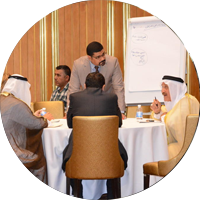
Preparing for Peacebuilding
The Preparing for Peacebuilding course provides an overview of the strategic process of building peace when long-term violence has burdened a conflict-affected community. It describes the seven necessary components that should be considered to make peacebuilding more effective.
KEY OBJECTIVES
- Describe strategic peacebuilding and its importance;
- Identify the seven components of strategic peacebuilding;
- Explain how to apply the seven components of strategic peacebuilding in a context; and
- Recognize how to approach peacebuilding when long-term violence has burdened an area.
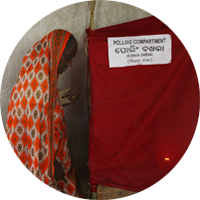
Good Governance after Conflict
The aim of the Good Governance after Conflict micro-course is to provide participants with a quick overview of the challenges and opportunities in achieving good governance within the complex context of conflict affected societies.
KEY OBJECTIVES
- Identify key dimensions of governance;
- Describe the types of corruption and the challenges that arise from each;
- Explain the interrelationship between rule of law, democracy, human rights and governance; and
- Discuss the role of civil society in transition environments.

Media and Arts for Peace
The Media and Arts for Peace micro-course identifies the importance of media and arts for peace, the critical role of creativity and storytelling, and how media and arts are utilized in post-conflict environments. This course was developed in partnership with the Geneva Centre for Security Policy.
KEY OBJECTIVES
- Describe how media and the arts contribute to peacebuilding;
- Consider the impact media and the arts have on the individual and how that may influence peacebuilding;
- Identify the role media and the arts have in fostering a culture of peace; and
- Describe the role of media and the arts have in post-conflict societies.
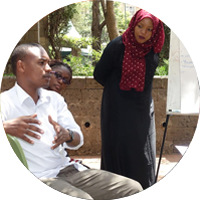
Design, Monitoring and Evaluation for Programming in Fragile Environments
The aim of the Design, Monitoring and Evaluation micro-course explores foundational concepts, practices, and skills required to design, monitoring, and evaluating peacebuilding programs in fragile and conflict-affected settings. This course was developed in partnership with the Geneva Centre for Security Policy.
KEY OBJECTIVES
- Define and distinguish between monitoring and evaluation;
- Describe how to develop sound theories of change for peacebuilding programs;
- Identify how to develop quality evaluation questions and data collection methods; and
- Identify practical tips to overcome common DM&E challenges.
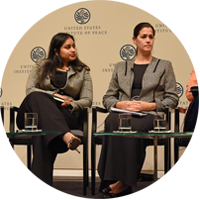
Religion and Peacebuilding
The aim of the Introduction to Religion and Peacebuilding course provides an overview of the religious peacebuilding field, the role religion plays in driving both conflict and peace, examples of how religious actors and institutions have contributed to the prevention and resolution of conflict, and considerations for how best to engage the religious sector in peacebuilding.
KEY OBJECTIVES
- Appreciate the ways in which religion can support peacebuilding, particularly reconciliation and mediation;
- Analyze religious dimensions to peace and conflict through a case study; and
- Understand the importance of applying a gender lens in religious peacebuilding.
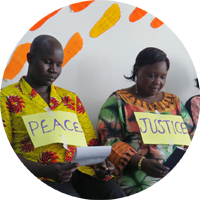
Gender Inclusivity in Peacebuilding
The aim of the Gender Inclusivity in Peacebuilding micro-course explores the impact of conflict on gender identity, norms, and roles and how gender equality can create transformative opportunities for peace.
KEY OBJECTIVES
- Understand the diversity of gender identities, and that gender is not a simple binary between the biological sex of female and male men and women;
- Learn how gender roles are affected by unexpected or prolonged violence in society, and learn central concepts and basic frameworks of gender and peacebuilding;
- Explore the varying approaches and current practices toward ensuring gender inclusivity in peacebuilding activities. Examine international frameworks and national policies that promote gender equality and women’s empowerment; and
- Examine international frameworks and national policies that promote gender equality and women’s empowerment.
